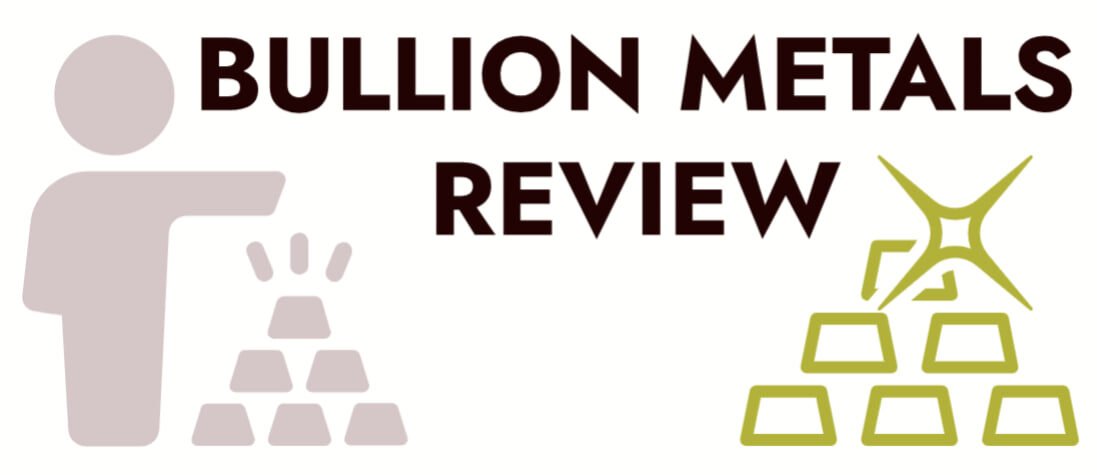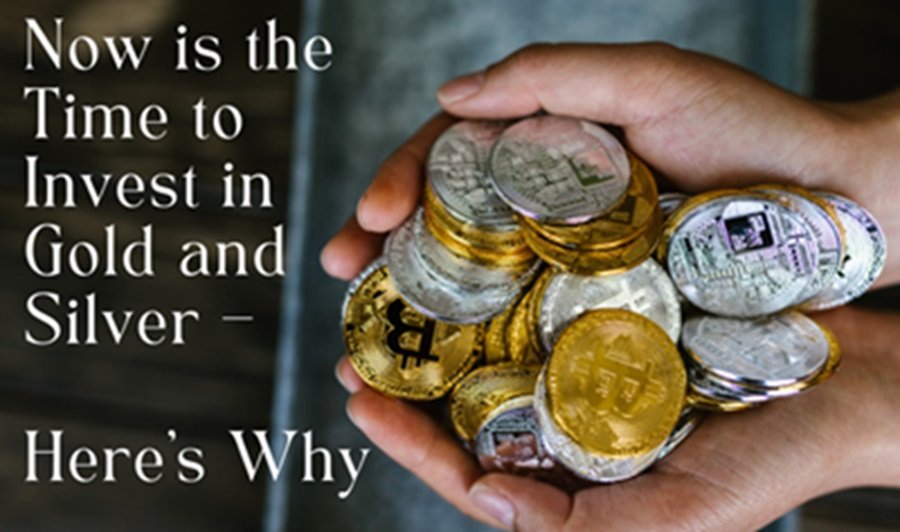Protect Your Wealth with Gold & Silver: The Ultimate Guide to Sound Money & Financial Legacy!
Gold and Silver Protects Your Wealth from Inflation, This is a Faceted…
Inflation can erode your purchasing power and savings, which is why finding ways to hedge against it is crucial. Two popular assets, gold and silver, have long been considered reliable options for protecting wealth in inflationary environments. As we approach 2024, understanding how these precious metals perform under inflationary pressures can help investors make informed decisions. In this post, we’ll explore whether gold is a safe investment for inflation, how silver can protect wealth, and the key differences between these two metals when it comes to safeguarding your financial future.
Gold as an Inflation Hedge in 2024
For centuries, gold has been viewed as a store of value. In times of economic turmoil, when paper currencies lose value due to inflation, investors often flock to gold. But why is gold such a reliable inflation hedge?
Gold typically maintains its value because it is a tangible asset that cannot be easily inflated like fiat currencies. Central banks can print more money, but they cannot increase the supply of gold at will. As inflation rises, the value of currency falls, but the value of gold remains constant or even increases, making it an excellent store of wealth. Gold’s value in inflationary times has been historically proven, as its price tends to rise when inflation fears are heightened.
In 2024, experts predict that inflationary pressures will persist, largely due to ongoing global supply chain disruptions and increased government spending. This makes gold a safe asset during inflation and an attractive option for investors looking to preserve their purchasing power.
Silver and Inflation Protection
While gold often gets most of the attention, silver is also an effective hedge against inflation. Like gold, silver is a tangible asset, meaning its value is not directly tied to the performance of paper currencies. However, silver has some unique characteristics that differentiate it from gold when it comes to inflation protection.
Silver’s industrial uses make it more sensitive to economic fluctuations. A significant portion of the demand for silver comes from industries like electronics, solar energy, and manufacturing. As economies grow, the demand for these industries increases, driving up the price of silver. Therefore, during inflationary periods, when industrial production tends to rise, silver can serve as an inflation hedge by capitalizing on this increased demand.
Is Gold a Safe Investment for Inflation?
Many investors wonder whether gold is a safe investment for inflation. Historically, the answer has been a resounding yes. However, it’s important to understand the dynamics behind this.
During periods of rising inflation, central banks often raise interest rates to curb inflation. Higher interest rates can make bonds and other interest-bearing assets more attractive, which may cause short-term dips in gold prices. But over the long term, when inflation persists and currencies depreciate, gold’s value generally increases.
Another reason why gold is considered a safe investment is its liquidity. Gold can easily be converted into cash, offering a level of flexibility that some other inflation hedges, such as real estate, cannot provide.
Silver for Protecting Wealth Against Inflation
Silver is often overlooked, but it plays a crucial role in protecting wealth from inflation. One of silver’s advantages is its lower price compared to gold, which makes it more accessible to a wider range of investors. This affordability means that investors can buy larger quantities of silver and benefit from its price movements during inflationary periods.
Another key point is that silver outperforms gold in some inflationary cycles, especially when demand from industrial sectors surges. Investors who understand this can take advantage of silver’s dual role as both a precious metal and an industrial commodity, making it a strong candidate for inflation protection.
Gold vs. Silver: Which is the Better Inflation Hedge?
When comparing gold vs silver for inflation protection, it’s essential to understand that both metals offer unique benefits. Gold is often seen as the ultimate safe-haven asset because of its historical performance and stability, while silver is more volatile but offers greater potential for price appreciation during times of high demand.
For long-term wealth preservation, gold may be the better choice due to its steady value increase over time. On the other hand, silver’s industrial applications give it an edge during periods of rapid economic growth and inflation, as demand for industrial metals tends to rise in such conditions.
Best Precious Metals for Inflation Hedge
So, which metal is the best inflation hedge? The truth is that both gold and silver can play a vital role in your portfolio. While gold offers stability and long-term preservation of wealth, silver provides greater growth potential in inflationary times due to its wider range of uses.
A balanced approach might involve holding both metals, with gold acting as the stable core of your inflation hedge and silver offering the potential for higher returns during times of economic expansion.
How Gold Protects Against Inflation
Gold’s ability to act as a hedge against inflation is primarily due to its role as a store of value. When currencies lose purchasing power, gold tends to appreciate, thus preserving wealth. Over time, gold has maintained its purchasing power across various inflationary environments, making it a trusted asset for investors.
Furthermore, central banks worldwide hold gold as part of their reserves, which further solidifies its role in the global financial system. When inflation rises, central banks may increase their gold holdings, driving up demand and prices.
Silver Hedge Against Inflation Strategy
If you’re considering silver as a hedge against inflation, it’s essential to adopt a strategic approach. Since silver prices can be more volatile than gold, it’s vital to understand market cycles and time your silver investments accordingly.
One strategy is to accumulate silver during periods of lower industrial demand or economic downturns when prices are typically lower. As inflation picks up and industrial demand rises, silver’s value tends to follow suit, offering significant returns for savvy investors.
Safe Assets During Inflation 2024
Looking ahead to 2024, experts suggest that inflationary pressures will continue to affect the global economy. In this environment, both gold and silver are considered safe assets. However, diversification is key. In addition to holding precious metals, investors may want to explore other inflation-hedging assets such as real estate, commodities, or inflation-linked bonds.
Gold Value in Inflationary Times
The value of gold during inflationary times has been well-documented. When inflation rises, gold’s price tends to increase as well. This is because gold is not tied to any particular currency and has intrinsic value. As a result, when paper currencies lose their purchasing power, gold maintains or increases in value.
Benefits of Silver in an Inflationary Economy
The benefits of silver during inflationary periods are twofold. First, silver’s industrial demand ensures that its price remains robust during times of economic growth. Second, as a precious metal, silver acts as a store of value, much like gold, allowing investors to preserve their wealth in uncertain times.
Wealth Preservation with Gold and Silver
Ultimately, wealth preservation with gold and silver is about balancing risk and reward. Gold provides long-term stability and protection against currency devaluation, while silver offers greater potential for price appreciation in inflationary times. Together, they form a powerful combination for any investor looking to safeguard their financial future from the effects of inflation.
Open a FREE Bullion Vault account today with no obligation to trade! BONUS: Sign up now and receive a risk-free 1/8 oz (4g) of silver to kickstart your journey into precious metals investing






Comments (2)